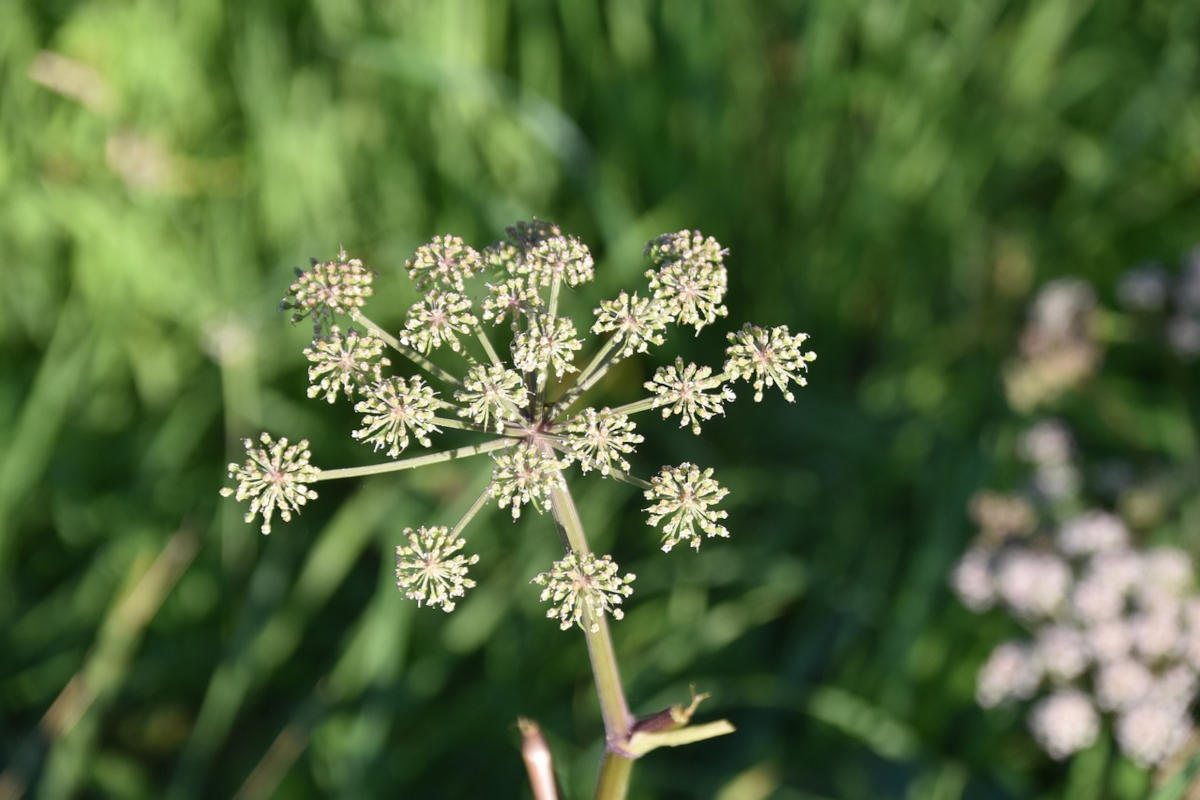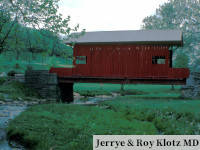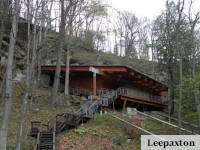Invasive Plants

Invasive shrubs, grass, flowers, trees or vines harm the environment, the economy and people. In their native habitats, these plants are limited by pests, herbivores and other factors. When they’re introduced here, they don’t face the same limiting factors. They can spread quickly, take over habitats used by native vegetation and drive out the native plants.
More than $120 billion is spent every year in the U.S. to fight invasive plants, according to the U.S. Fish And Wildlife Service. That amount includes money spent by farmers to control plant invasions.
The Governor’s Invasive Species Council is working to measure how much invasive species cost PA farmers, businesses and other organizations, including preventing their spread.
More than one-third of 3,400 identified plants in PA are non-native. The state Department of Conservation and Natural Resources defines non-native plants as being brought into the state to become established in the wild.
Not all non-native plants are invasive. For instance, peonies are non-native but they’re also not invasive – they’re just pretty.
More than 140 invasive plant species present the greatest risks for PA, according to the state Department of Agriculture. Some of these are present in Washington County.
- Japanese barberry is an invasive plant reported in Washington County. It’s a nursery for ticks, state officials say, and may be related to the spread of Lyme disease, declines in species diversity and soil changes including changed soil nitrogen levels and higher pH. PA banned Japanese barberry – letters of warning are being issued to retailers who still sell it. People who grow it in a garden are asked to get rid of it.
- Canada thistle, also called creeping thistle, is a common, noxious weed found in fields, pastures and roadsides throughout the state, including Washington County. It thrives in various soil types, making it a problem with farmers, the U.S. Department of Agriculture’s National Invasive Species Information Center wrote.
- Mile-a-Minute is a noxious weed and vine that has been seen in Washington County. It was introduced into PA in York County in the late 1930s or early 1940s. It grows in dense mats that crowd out native species. It can be eaten as a salad green or vegetable. Its fruit is sweet.
- Multiflora rose is a pretty shrub that climbs over other plants and has been seen in Washington County. Introduced as a soil conservation measure, it’s now listed as an invasive species. Eradicating it calls for taking out the plant and its root structure.
- Tree-of-Heaven, which has been reported in Washington County was introduced as an ornamental, grows rapidly and crowds out native species. It can damage pavement and building foundations. It hosts the spotted lanternfly, which is a destructive insect.
- Poison hemlock is a non-native species that has been seen in Washington County and increasingly across the state. It’s a flowering plant. It’s pretty. All parts of it are highly poisonous, especially the seeds and roots. Especially when eaten. And not just to humans – it’s toxic to dogs, cats, horses and cows. It grows along roadsides, mowed edges and fences in the suburbs, and along power line right of ways in rural areas. Read about How to spot poison hemlock.
- Japanese knotweed has been viewed in Washington County. It looks like bamboo, although it’s not related. Young stems can be eaten. The weed is difficult to control. Its dense colonies crowd out other plants, leading to it being considered one of the worst invasive exotics – yet it provides nectar for bees and other pollinators.
- Oriental bittersweet is a vine that twists around tree trunks, causing branches to break and even killing host trees. It propogates widely because mammals and birds eat its attractive fruit and drop the seeds all over. It’s been seen in Washington County.
- Kudzu, an invasive plant introduced from Asia that devastates the environment, has been reported once in Washington County. It was seen in 2021 near South Main Street in North Franklin County, according to the National Invasive Species Information Center.
When invasive species are planted in yards, they often find their way into the wild.
Planting native plants instead of exotic or non-native ones has benefits. Because they’re already adapted to the local environment, they’re lower maintenance than non-native ones. Native plants attract native pollinators – hummingbirds, bees, butterflies and so forth – that are good for the environment. Native plants support native insect species, which birds eat.
Improving the environment for birds is important as North America has 3 billion fewer birds than it had 50 years ago, according to a Cornell University study. More native plants leads to more native insects, leading to more birds. More birds are good for the environment and great for bird watchers.
People can do their part by sourcing plants from local nurseries that provide native alternatives and by choosing the right local species for their yards, which helps to limit the spread of invasive plants.
This article was published in








